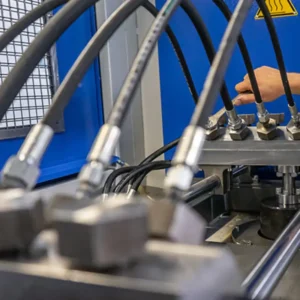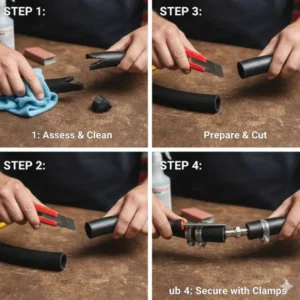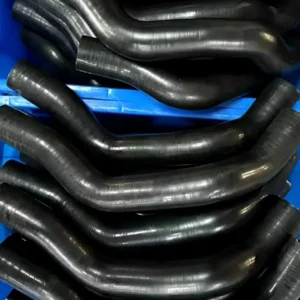When it comes to pressure washing, most people focus on the machine itself—the engine, the pump, the spray gun. But there’s a lesser-known hero that’s often overlooked: the pressure washer hose. We’ve put together this comprehensive guide to help you avoid our mistakes and find the best hose for your needs.
Pressure Washer Hose Guide: Understanding Your Needs

Before diving into the technical details, let’s first answer a simple question: What will you be using your pressure washer for? The answer to this question will influence every decision you make, from hose material to length and pressure rating. A homeowner who washes their car twice a year will have vastly different needs than a professional who uses their equipment for hours daily. Understanding your specific use is the first and most important step in finding the right pressure washer hose.
Decoding Pressure Washer Hose Ratings: PSI and GPM
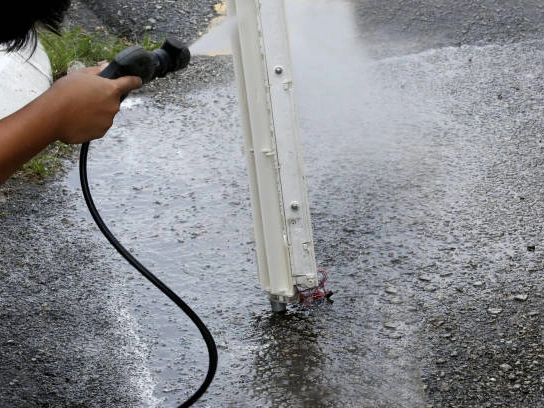
Navigating the world of pressure washer specifications can feel like trying to read a different language, especially when you see terms like PSI and GPM. But don’t worry, I’m here to simplify it for you. Your pressure washer’s hose must be able to handle the pressure and flow rate of your machine. Mismatching these can lead to a burst hose, which is both dangerous and a waste of money. Let’s break down what these ratings mean and how they relate to choosing the right hose.
| Rating | What It Means | Why It’s Important for Your Hose |
| PSI (Pounds Per Square Inch) | The force of the water coming out of the nozzle. | The hose must have a maximum pressure rating equal to or greater than your pressure washer’s PSI. |
| GPM (Gallons Per Minute) | The volume of water flowing through the hose. | The hose’s diameter and construction are designed to handle a certain flow rate. |
Pressure Washer Hose Materials
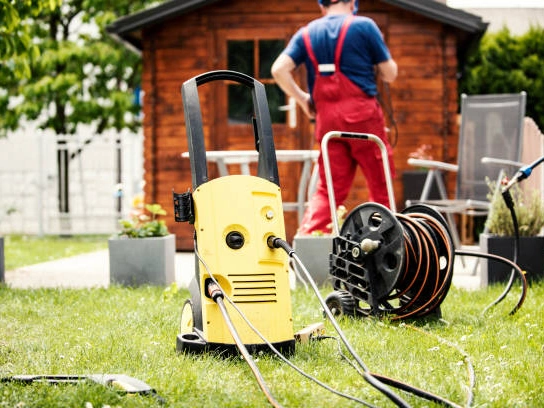
When you start shopping for a new pressure washer hose, you’ll notice there are a few common materials used in its construction. Each material has its own set of pros and cons, and the best choice for you depends on your budget and how you plan to use the hose. From the lightweight and affordable options to the durable and heavy-duty choices, here’s what you need to know about each type of material.
- PVC Plastic:
- Pros: Lightweight, affordable, good for light-duty tasks.
- Cons: Prone to kinking, stiff in cold weather, not durable for frequent use.
- Rubber:
- Pros: Flexible, durable, resistant to kinking, handles a wide range of temperatures.
- Cons: Heavier than plastic, can leave marks on some surfaces.
- Polyurethane/Hybrid:
- Pros: Combines the best of both worlds—lightweight like PVC but durable and flexible like rubber.
- Cons: Can be more expensive than other options.
The Right Length and Diameter
Choosing the right length and diameter for your pressure washer hose is a balancing act. A longer hose gives you more reach, which is great for cleaning large areas without having to move your machine. However, a hose that’s too long can cause a drop in water pressure. Similarly, the diameter of the hose, which is typically 1/4“, 5/16“, or 3/8“, affects the flow of water. Let’s look at the pros and cons of different lengths and diameters to help you find the sweet spot for your needs.
How to Connect Pressure Washer Hose
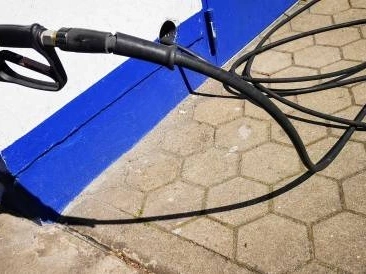
A high-quality pressure washer hose is just as important as its connectors. The fittings or connections on each end of the hose connect it to the pressure washer and spray gun. They must be secure and leak-proof to ensure proper performance and safety.
Common Connector Types:
Threaded Connections: The most common type, these screw directly into the machine and spray gun.
Quick Connect Fittings: These allow you to quickly and easily connect and disconnect the hose. They save a lot of time and are a popular upgrade.
Swivel Fittings: Swivel fittings on the spray gun end of the hose prevent kinking and twisting, making your work easier.
Maintenance and Storage
Even the best pressure washer hose won’t last long without proper care. A little maintenance can go a long way in extending the life of your equipment. From simple cleaning procedures to proper storage techniques, applying these tips will help you protect your equipment and avoid buying a new hose every season.
Replace, Don’t Repair
A high-pressure hose is built to handle incredible force, and its structural integrity is essential for safe operation. When a hose begins to fail, the temptation to attempt a quick fix is understandable. However, applying water sealant, duct tape, or any other patch will not restore the original strength of the hose material. Any attempted repair is a serious safety risk and will likely fail under the intense pressure. For your safety and to ensure the job gets done right, always replace a damaged high-pressure hose instead of trying to repair it.
FAQs
Q: Can I use a longer hose than the one that came with my pressure washer? A: Yes, but be aware that using a significantly longer hose can result in a drop in water pressure. A good rule of thumb is to not exceed 100 feet for most residential machines.
Q: What’s the difference between a hot water and cold water pressure washer hose?
A: Hot water hoses are specifically designed with materials that can withstand high temperatures. Using a cold water hose with a hot water machine can cause the hose to melt or burst.
Q: Why does my hose keep kinking?
A: Kinking is often a problem with cheaper, plastic hoses. Upgrading to a rubber or polyurethane hose can solve this issue. Proper coiling and storage also help prevent kinking.

